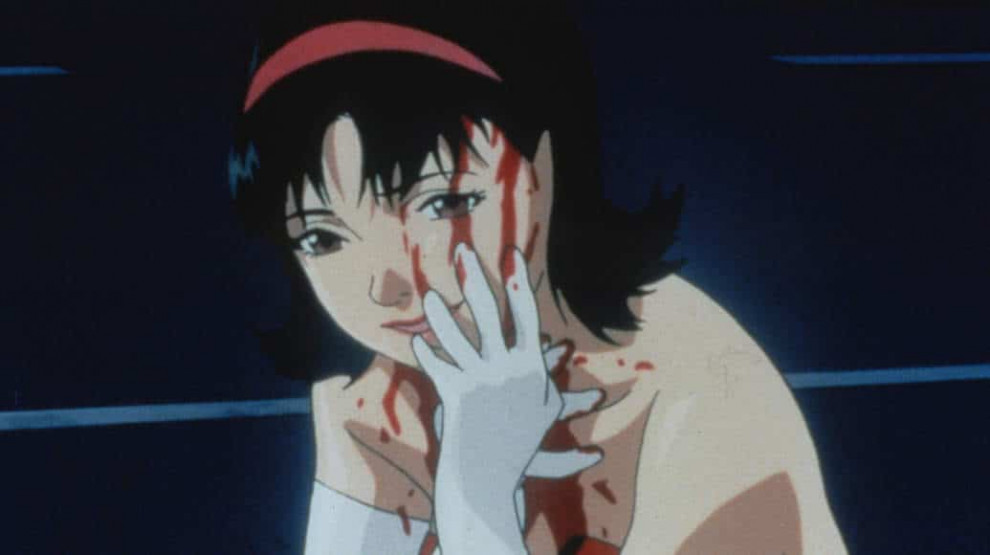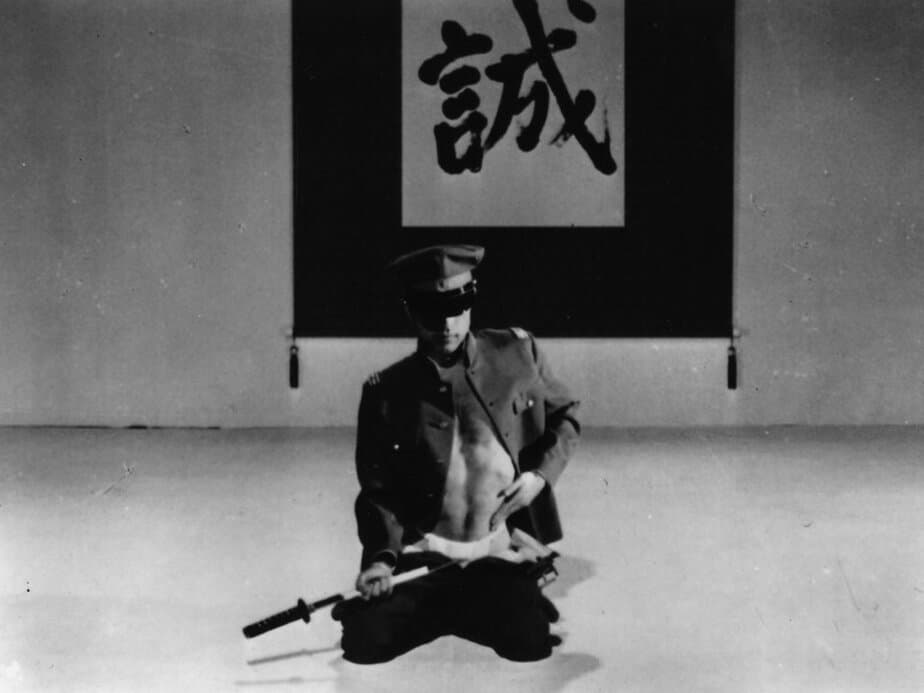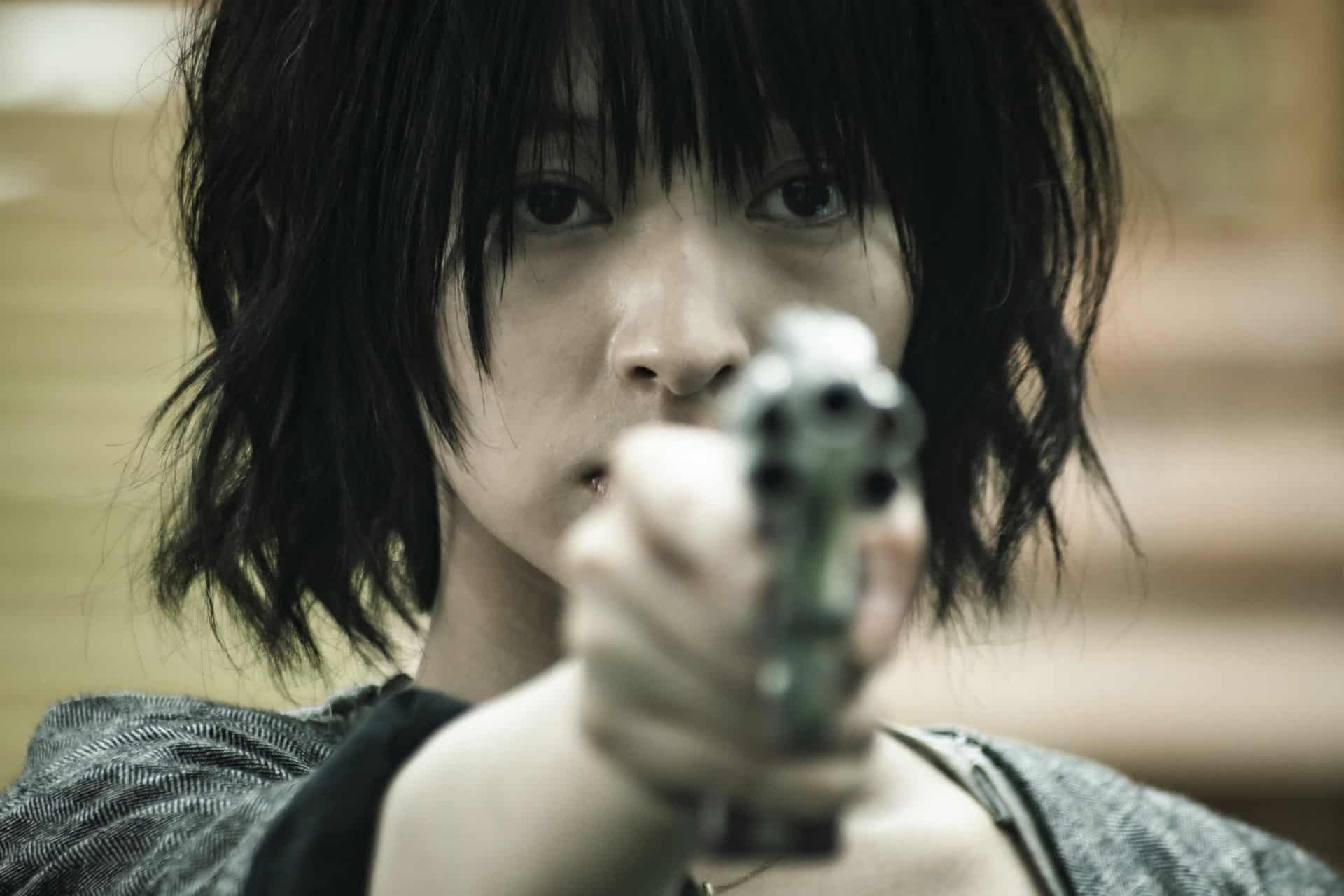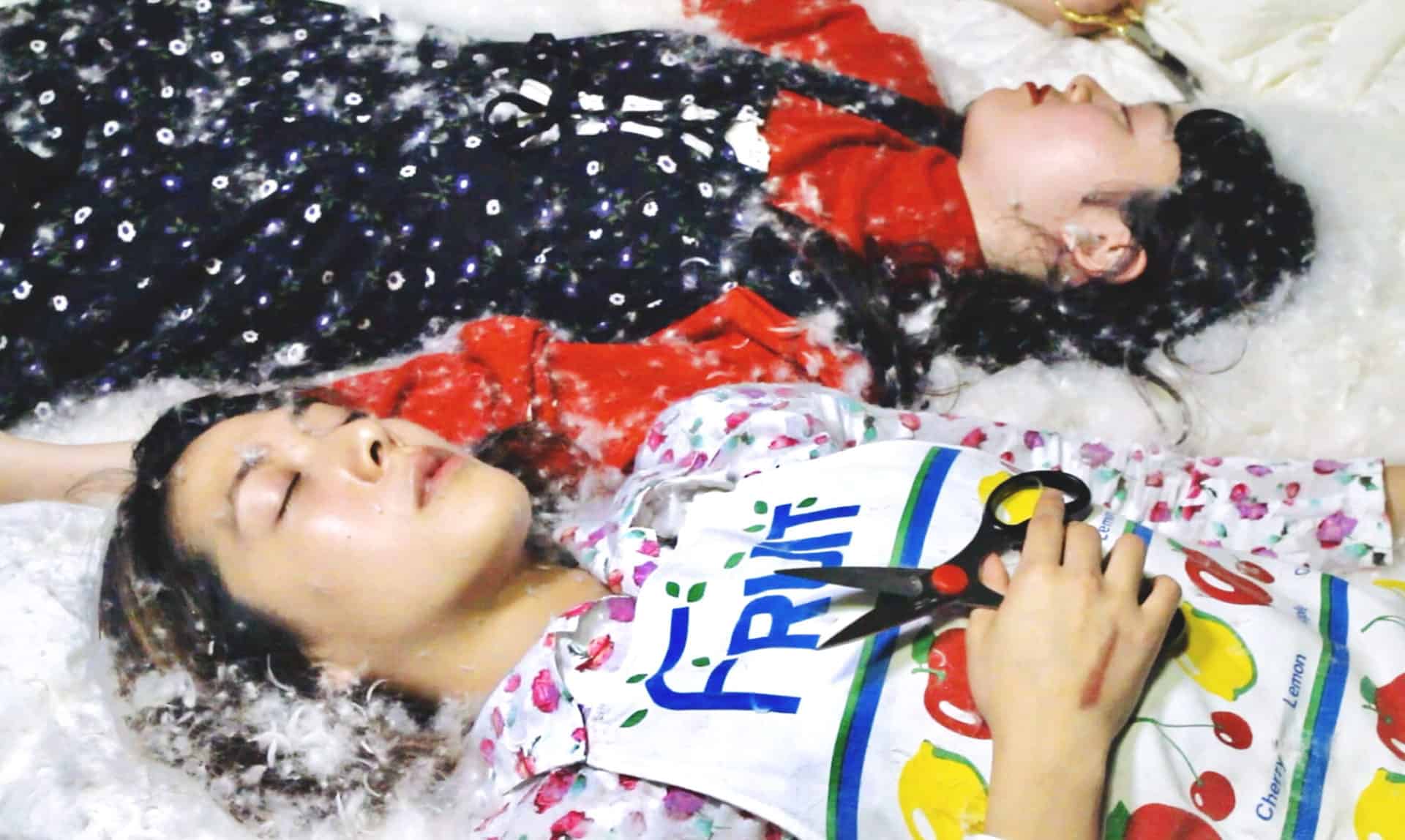The year 1997 was a milestone in Kon's career for two reasons: the release of this particular movie in cinemas, and the initiation of his collaboration with Madhouse Inc., who sheltered his genius until his last birth.
Buy This Title

“Perfect Blue” was initially meant to be a live action TV series; however, after the Kobe earthquake in 1995, the production studio suffered extensive damages resulting in budget cuts, up to a point that solely allowed the shooting of an OVA. Nevertheless, even though the shootings were roughly half-completed, Madhouse decided to distribute it as a feature film.
Originally, the script was to be based upon the homonymous book by Yoshikazu Takeuchi; however, after close inspection by Kon and Sadayuki Murai, the co-writer of the script, they asked and eventually received permission to alter the story.

Mima Kirigoe, a member of the largely popular J-pop band Cham, announces during a concert that this will be the last performance of the band, since she has decided to pursue an acting career. The announcement creates chain reactions in Mima's life, as much as in the lives of the people near her. A number of her fans become frustrated, considering her decision as betrayal towards them, mostly a known stalker of hers named Me-mania. In the meantime, she discovers a blog depicting details of her everyday life, which no one aside from her could experience. Additionally, the blog is updated on a daily basis, presumably by her. She discusses the issue with her manager, who soothes her for the time being; however, as she delves in the blog, she begins to lose her touch with reality. Furthermore, someone is murdering certain individuals who had helped her with her career, while she is constantly discovering elements that incriminate her.
Kon focuses on the association between reality and presumed reality, using the archetype of the pop idol as example. The actual personality of the artist is in contrast to the personality the fans witness, which is the one that becomes apparent on stage.
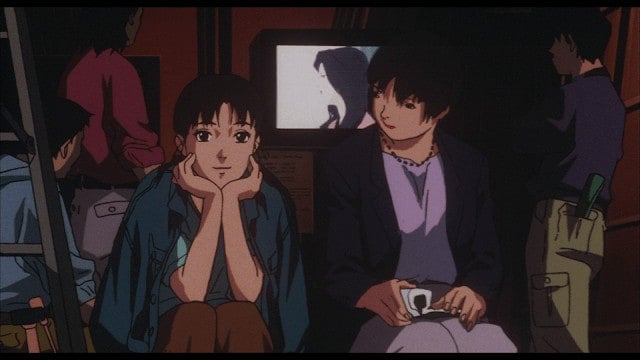
According to Kon, cinema can undermine reality, revolting against the human mind that almost exclusively receives images from the actual environment. The question he presents is clear: why should an image emerging from facts in the material world be truer than one emerging from the human mind? Kon's Weltanschauung, which is present in all of his films, resides upon this particular questioning.
Junko Iwao is sublime in the role of Mima; her voice acting is equally magnificent with Kon's design, while the animation style captures perfectly the lack of borders between fantasy and reality that forms the central axis of the film.
“Perfect Blue” is an artistic and technical masterpiece; however, what is of utmost importance is the fact that Satoshi Kon never deteriorated from the high standards he set here, in the first project that was entirely his own.


